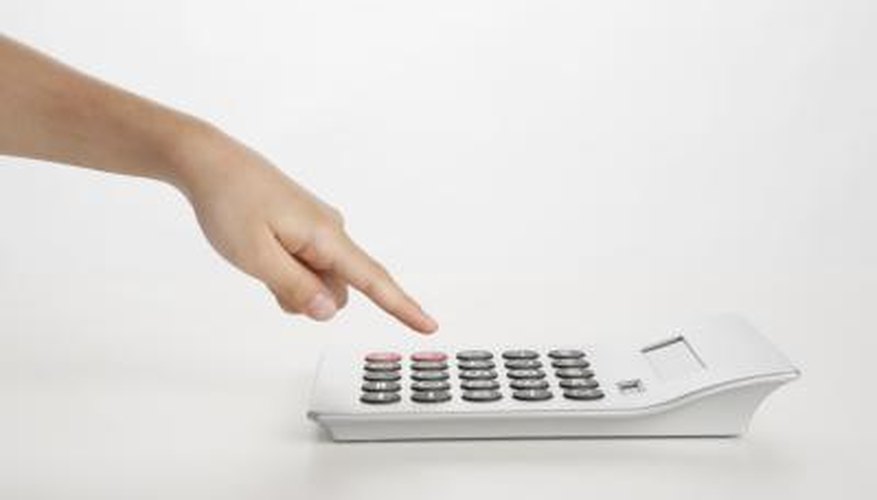Repeatability is a statistics term that describes how consistent something is. It can be used to describe the ability of a measurement system to provide the same result under the same circumstances over and over again. Determining repeatability is especially important for scientists and engineers who need to know if the measurement system they use is accurate enough to be useful. You measure repeatability by calculating the standard deviation of your measurements and comparing it to some agreed limit. This is a fancy way of saying you measure how far from the normal your results are on average. According to the National Institute of Standards and Technology, to consider a measurement system's repeatability, it must be tested by the same observer, using the same procedure, at the same location and within a short period of time.
- Repeatability is a statistics term that describes how consistent something is.
- You measure repeatability by calculating the standard deviation of your measurements and comparing it to some agreed limit.
Calculate the mean or average of your data. To do this, add your measurements and divide by the number of elements in your sample. For example, if your measurements are 1, 2, 2, 3, 2, the average would be 2 -- 10 divided by 5.
Calculate the variance of your data. To do this, calculate the difference of each result from the mean, square each result and work out the average. For example, if the difference from the mean in a set of data were 1, 2, -2 and -1, the variance would be 2.5. That is, the average of 1, 4, 4 and 1.
Calculate the square root of the variance. This is the repeatability standard deviation of your data. Following our previous example, the standard deviation would be 1.5811.
- Calculate the variance of your data.
- Calculate the square root of the variance.
WARNING
This calculation is only useful when compared to an accepted level of standard deviation for the measurement system you are testing.
